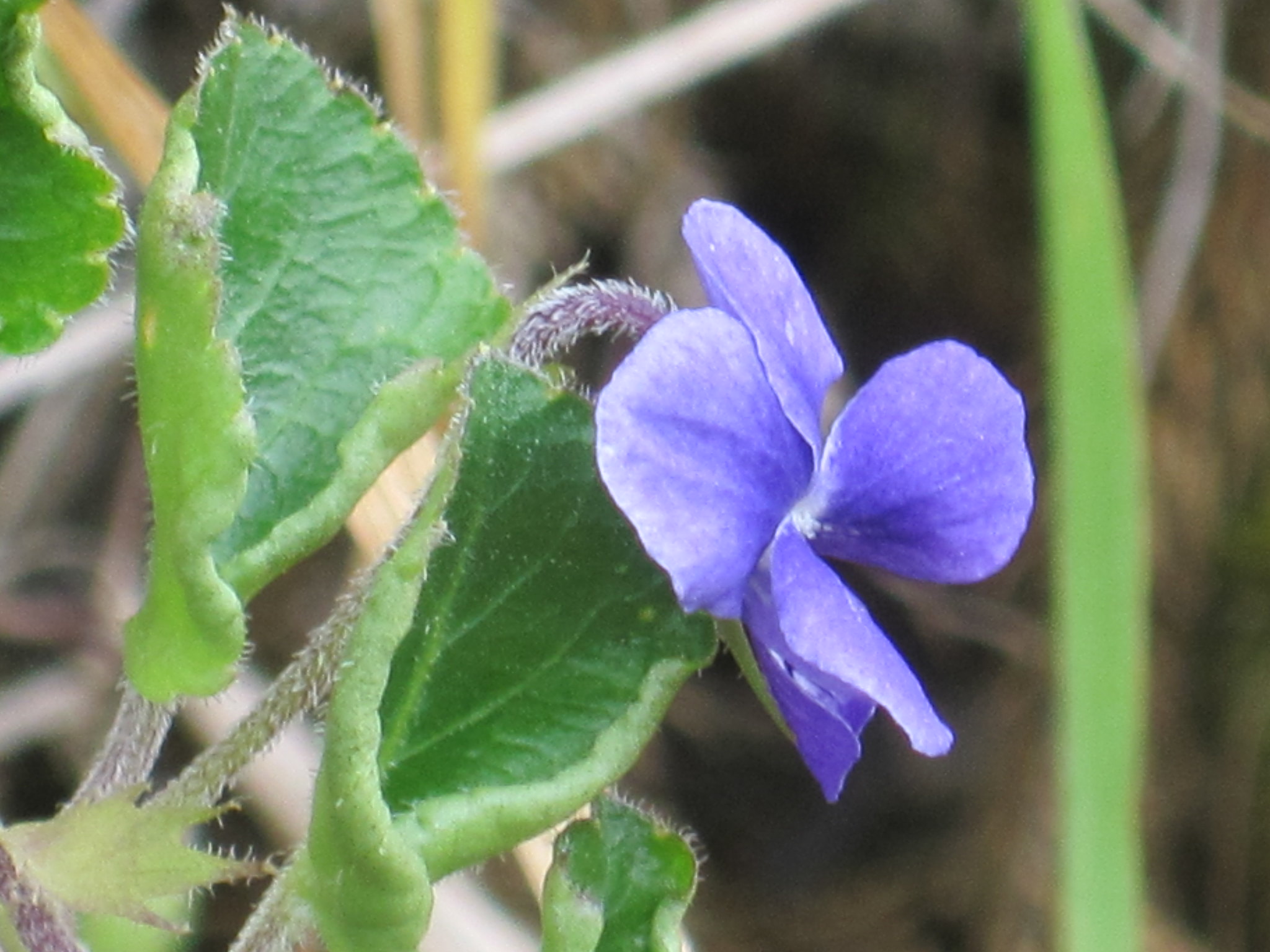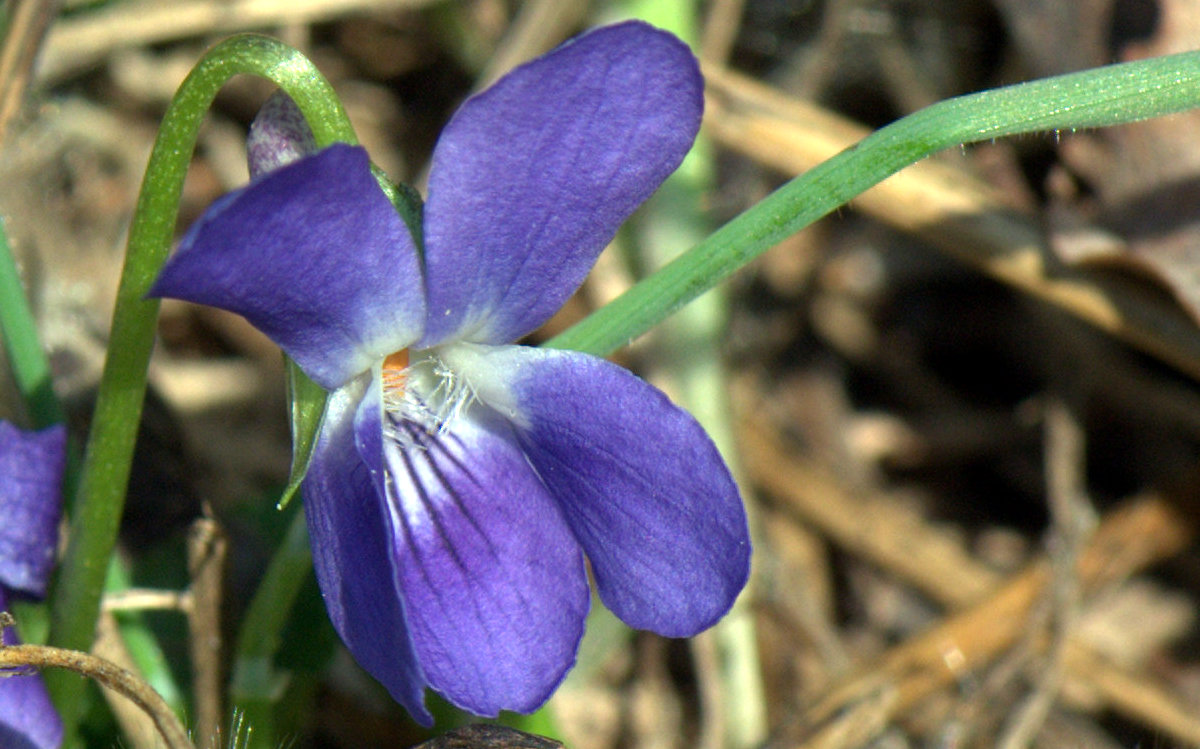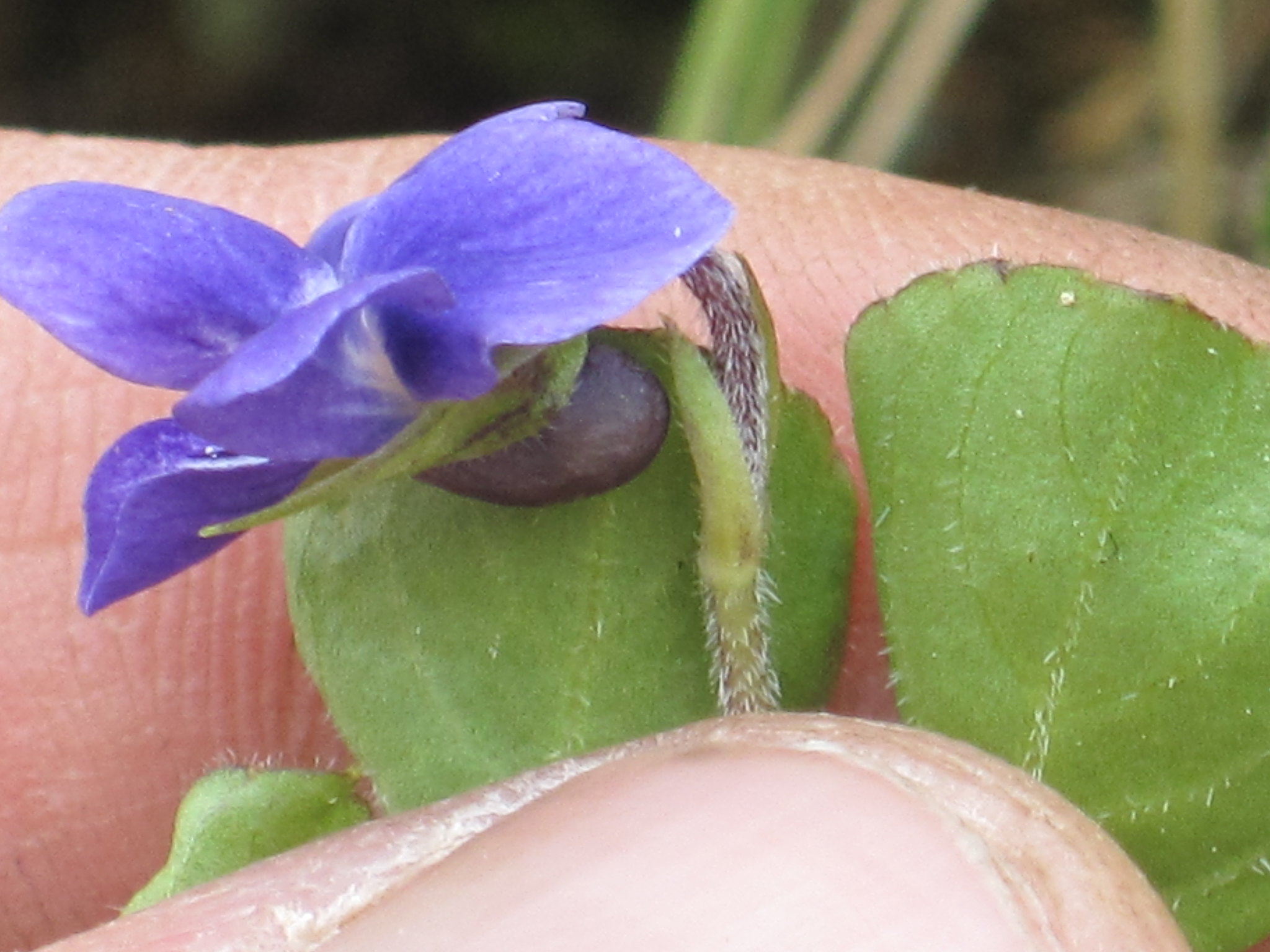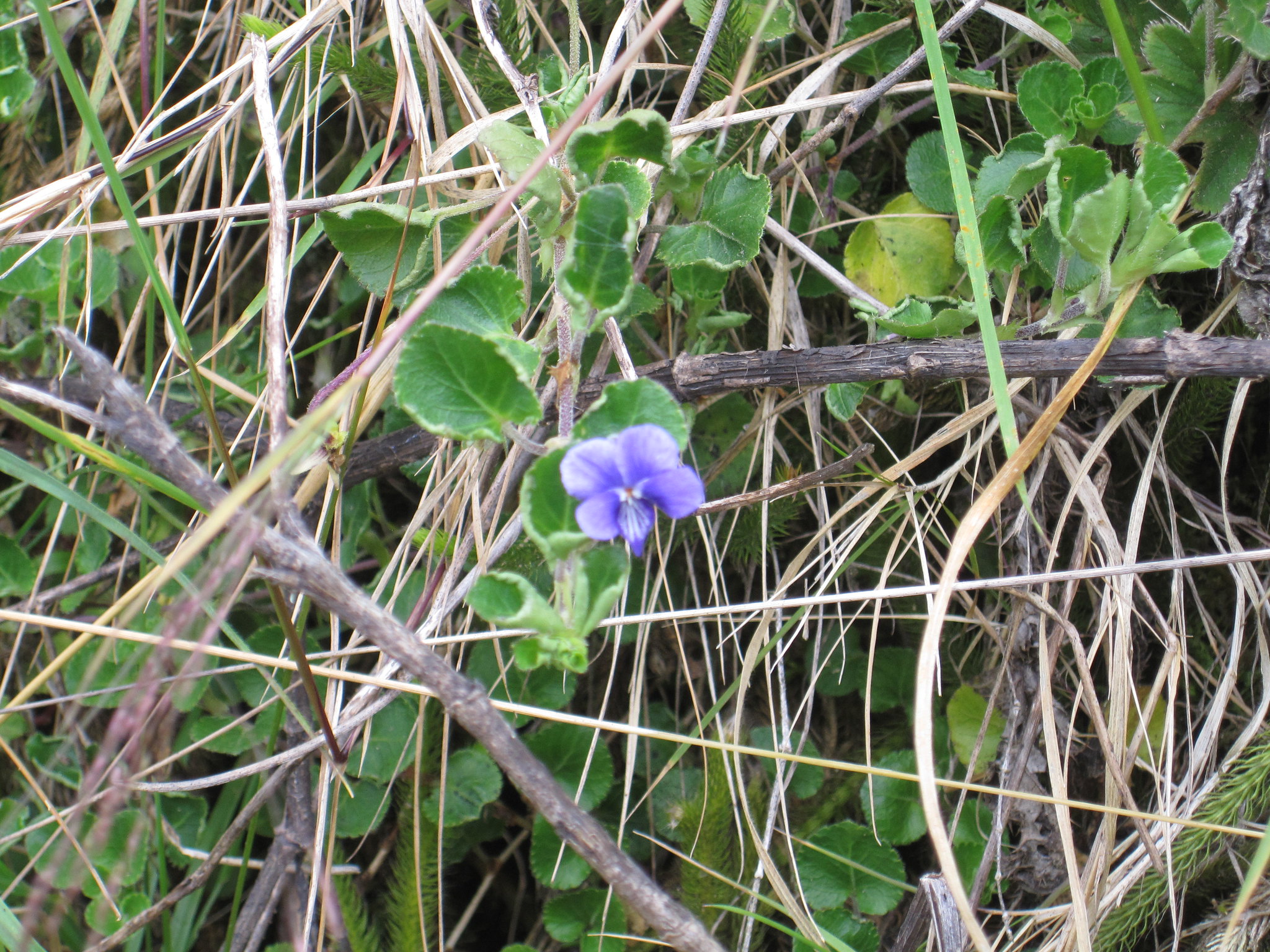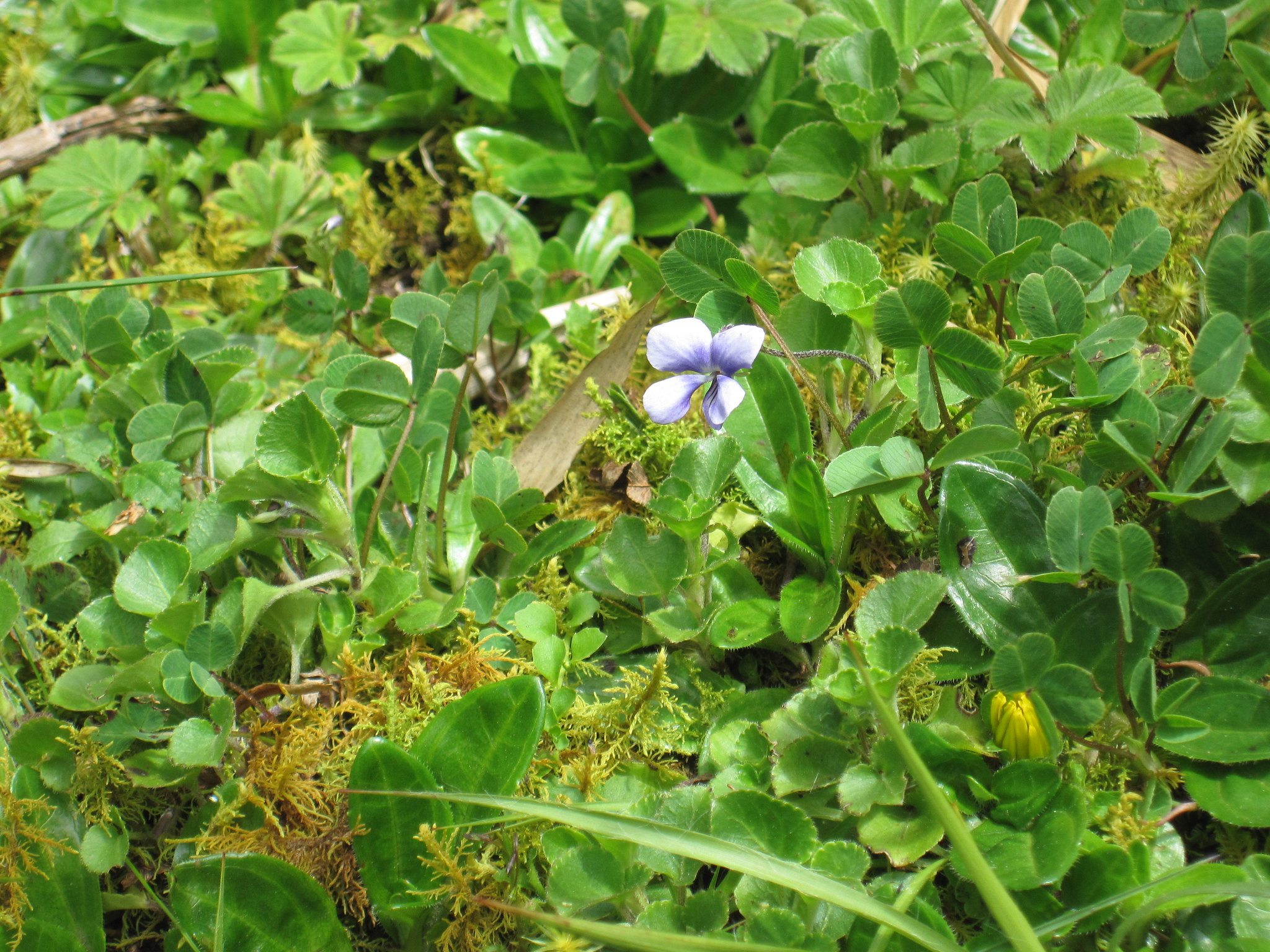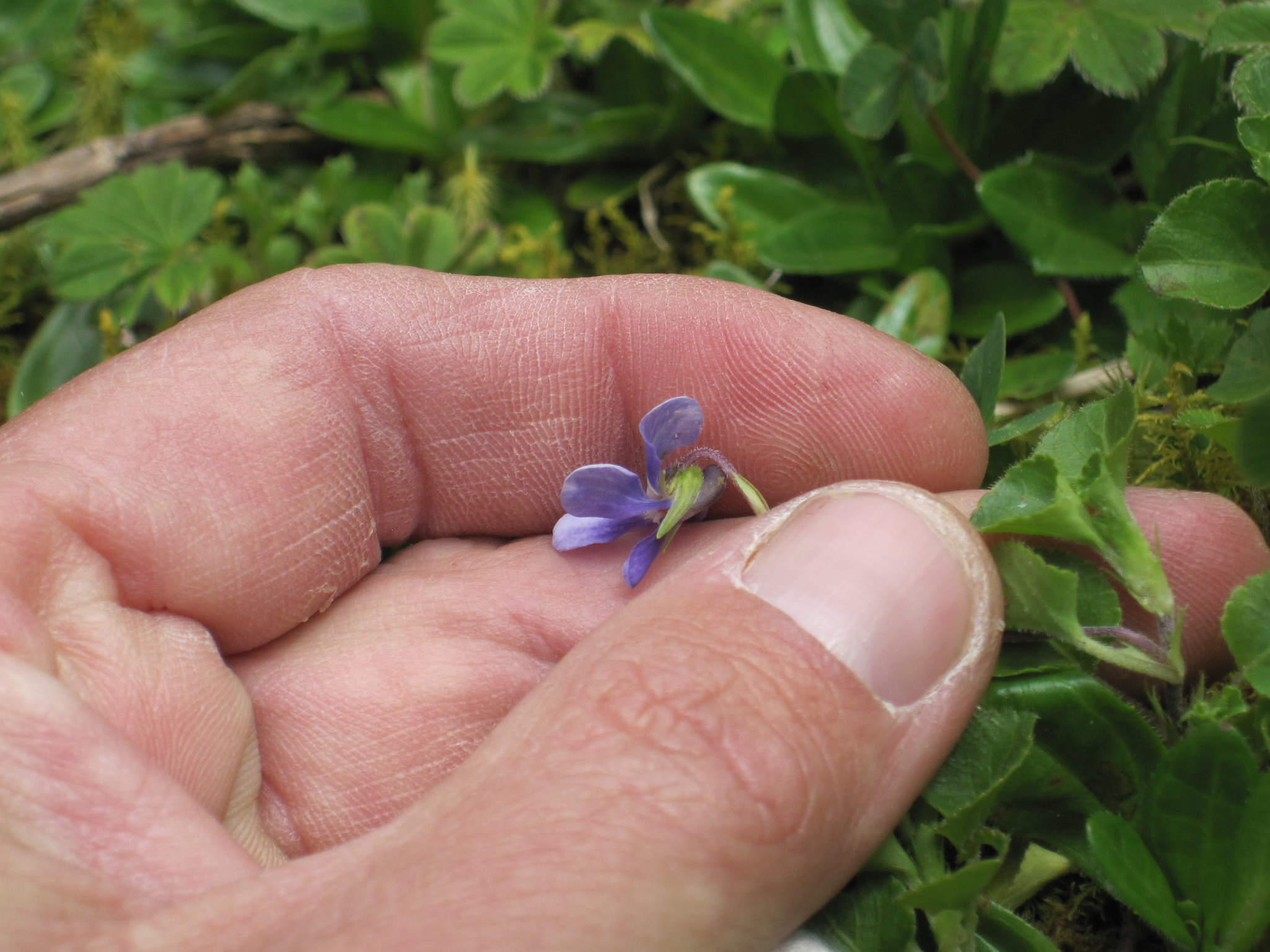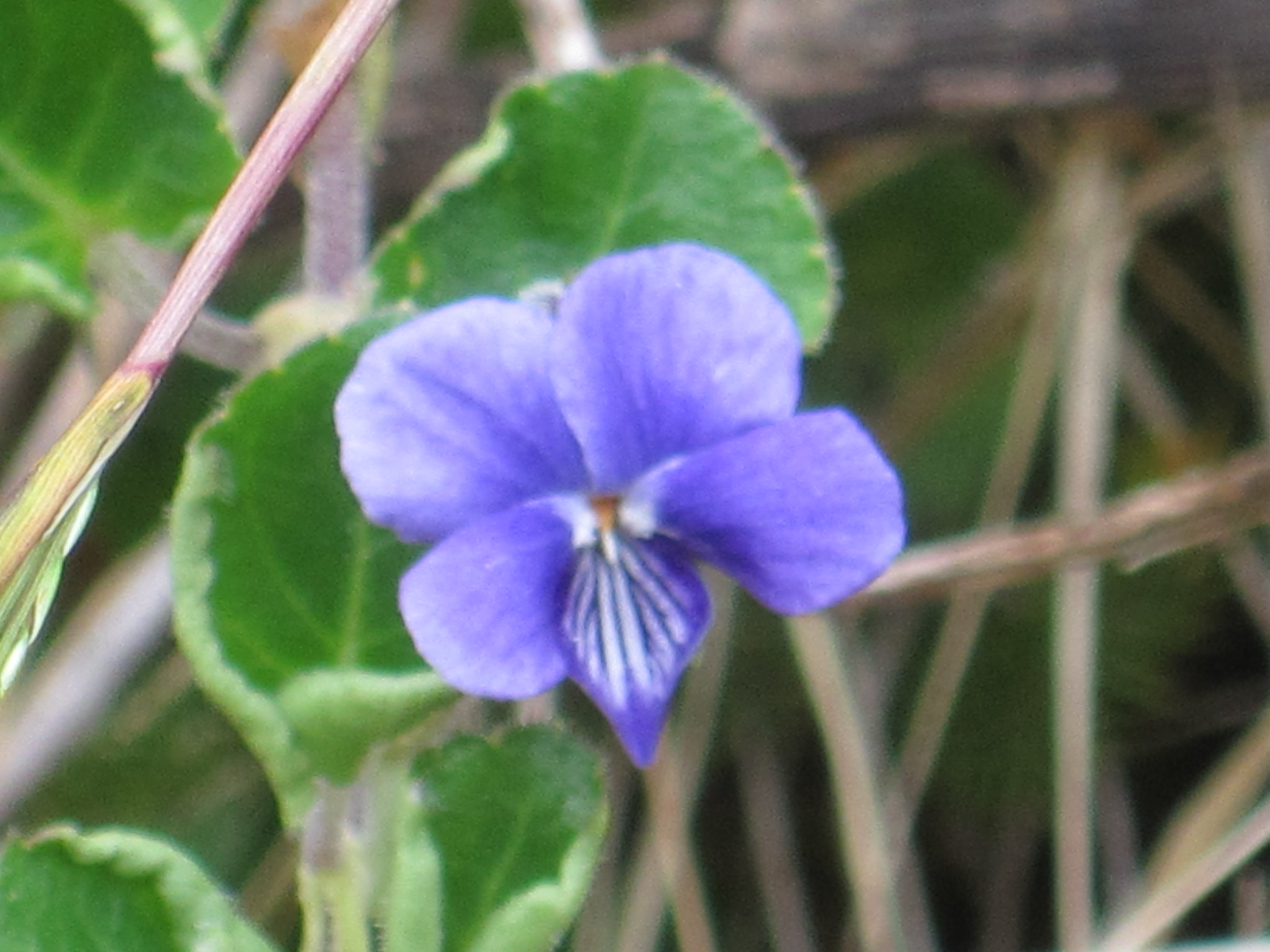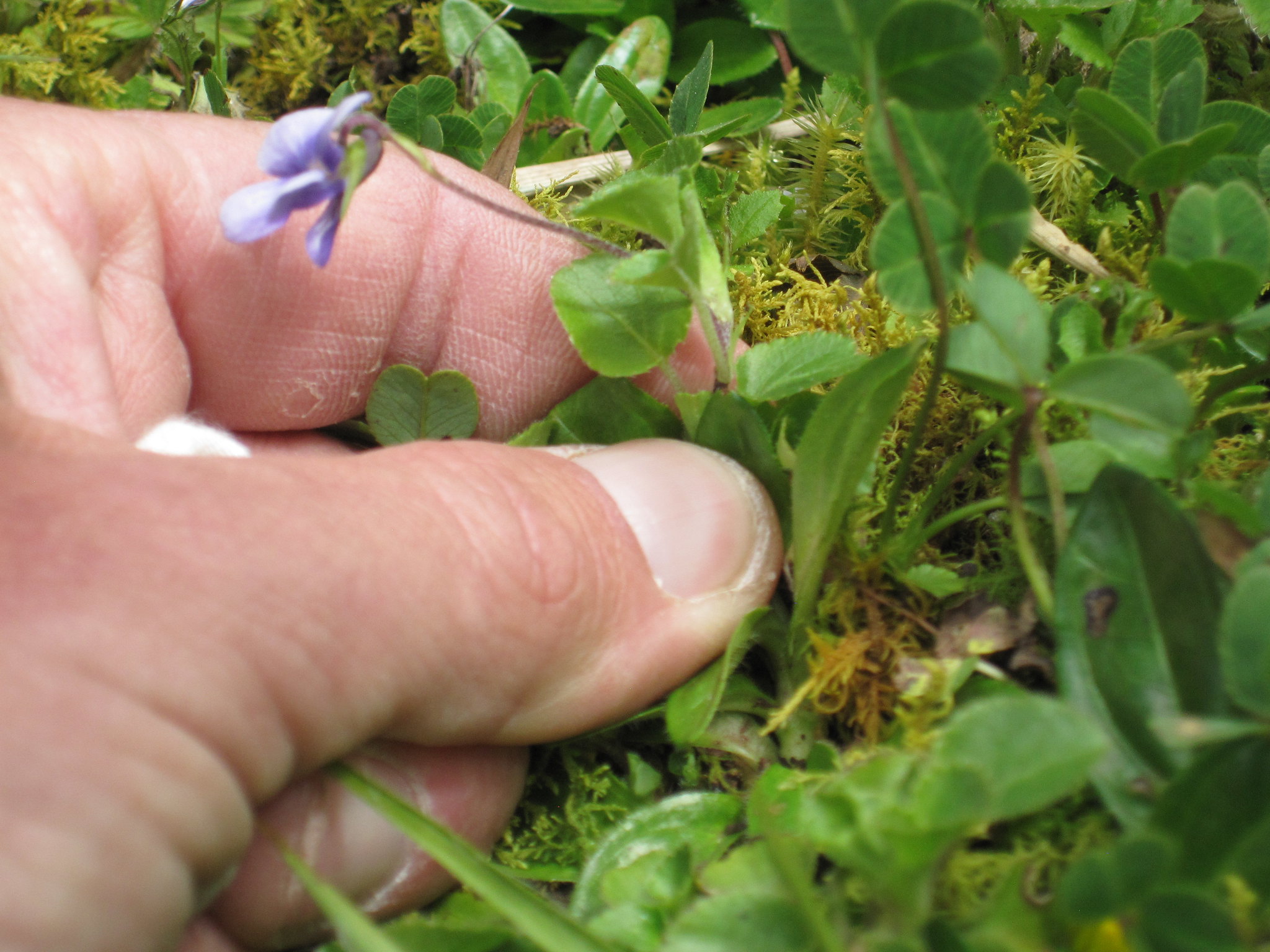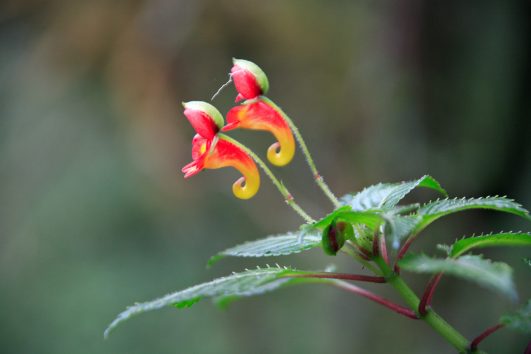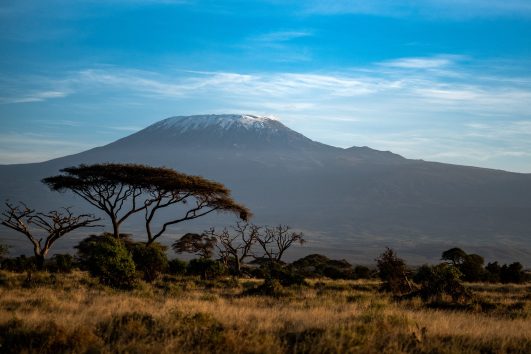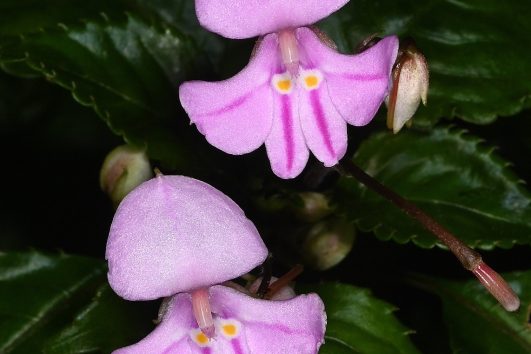Viola eminii, commonly known as Emin’s Violet, is a perennial herbaceous plant recognized for its ecological and botanical significance rather than widespread cultural or commercial use. Viola eminii is a species of flowering plant in the family Violaceae. It grows in openings and edges of montane forests from eastern Democratic Republic of Congo to southern Sudan, Uganda and Kenya.
As a species endemic to the region, Viola eminii embodies the unique ecological character of Kilimanjaro’s montane zone, offering a splash of color and a symbol of resilience in an otherwise verdant landscape.
Mount Kilimanjaro, standing at an impressive 5,895 meters (19,341 feet), is more than just a majestic peak; it is a biodiversity hotspot. Its slopes are covered with various vegetation zones, each supporting a distinct range of flora and fauna. The montane forest zone, which spans altitudes from approximately 1,800 to 2,800 meters (5,900 to 9,200 feet), is characterized by its cool climate, high humidity, and dense tree cover.
This zone is an ideal habitat for Viola eminii, which thrives in the cool, moist conditions found beneath the forest canopy. The rich, loamy soil, coupled with the gentle sunlight that filters through the leaves, provides a perfect environment for these delicate violets to grow and flourish. The montane forest zone is not just a sanctuary for Viola eminii; it is also home to a wide variety of other plant and animal species, making it a critical area for conservation.
- Botanical Description: Viola eminii features heart-shaped leaves and produces small, typically white to pale yellow flowers with five petals. Its seeds are small and dark brown.
- Habitat and Distribution: Native to regions from South Sudan to Burundi and Tanzania, Viola eminii thrives in the montane tropical biome. This indicates its preference for cooler, moist environments, often found at higher altitudes where conditions mimic temperate climates despite being in tropical latitudes.
- Ecological Role: As part of the montane forest ecosystem, it contributes to biodiversity by providing habitat and potentially food for small fauna, including pollinators. Its presence in such ecosystems underscores its role in maintaining ecological balance, particularly in areas where human activity or climate change could disrupt natural habitats.
- Adaptations: Given its habitat, Viola eminii likely has adaptations for surviving in environments with fluctuating moisture levels and cooler temperatures, typical of montane forests. Its growth habit and reproductive strategies would be tailored to compete in the understory, possibly involving rapid growth or specific pollination mechanisms.
- Cultural and Scientific Interest: While not widely known outside botanical circles, Viola eminii might be of interest for its ecological niche and potential in conservation studies. Its specific habitat requirements make it a subject for research on plant adaptation and biodiversity in high-altitude tropical environments.
- Conservation: Like many species in its range, Viola eminii might face threats from habitat loss due to deforestation, agricultural expansion, or climate change impacts. Its conservation could be tied to broader efforts to protect montane forests, which are critical for water catchment, biodiversity, and climate regulation.
- General Information on Violets: The genus Viola includes many species known for their delicate flowers and often for their use in gardens or as wildflowers. They are noted for their ability to grow in challenging conditions, with some species having medicinal or culinary uses, though specific uses for Viola eminii aren’t widely documented.
Description of Viola eminii
Viola eminii is a perennial herb that belongs to the violet family. It is known for its graceful, small flowers and elegant foliage, which together create a captivating display. Here’s a closer look at the characteristics that make Viola eminii so special:
- Flower Appearance: The flowers of Viola eminii are delicate and small, typically measuring about 1 to 2 centimeters in diameter. Each flower features five petals, with the uppermost petal being slightly larger and often darker in color. The petals are usually a light purple or violet shade, which gives the plant its name, but can sometimes be found in hues of blue or white. The center of the flower is often marked by a bright yellow or white eye, which adds a striking contrast to the otherwise subtle coloration.
- Foliage: The leaves of Viola eminii are heart-shaped and have a soft, velvety texture. They grow in a rosette pattern at the base of the plant, with individual leaves reaching lengths of up to 5 centimeters. The leaves are a rich green color, which provides a lush backdrop for the vibrant flowers. The plant’s overall height typically ranges from 10 to 20 centimeters, making it a low-growing herb that can easily be overlooked in the dense undergrowth of the forest.
Adaptations for Survival
Viola eminii has evolved several adaptations that allow it to thrive in the specific conditions of Kilimanjaro’s montane forest:
- Shade Tolerance: One of the key adaptations of Viola eminii is its ability to grow in shaded environments. The montane forest’s dense canopy allows only filtered sunlight to reach the forest floor. Viola eminii has adapted to these low-light conditions by developing leaves that can efficiently capture and use the available light for photosynthesis.
- Moisture Retention: The high humidity of the montane forest means that moisture is readily available, but Viola eminii has also adapted to retain moisture within its leaves and roots. This helps the plant survive during periods of lower rainfall or in areas where water is less accessible.
- Compact Growth: The compact, low-growing habit of Viola eminii allows it to thrive in the undergrowth of the forest. This growth form helps the plant conserve energy and resources, as it does not need to compete for light by growing tall. It also reduces the risk of damage from wind and rain, which can be more intense at higher elevations.
Additional information
| Habitat | Montane Forest Zone |
|---|

